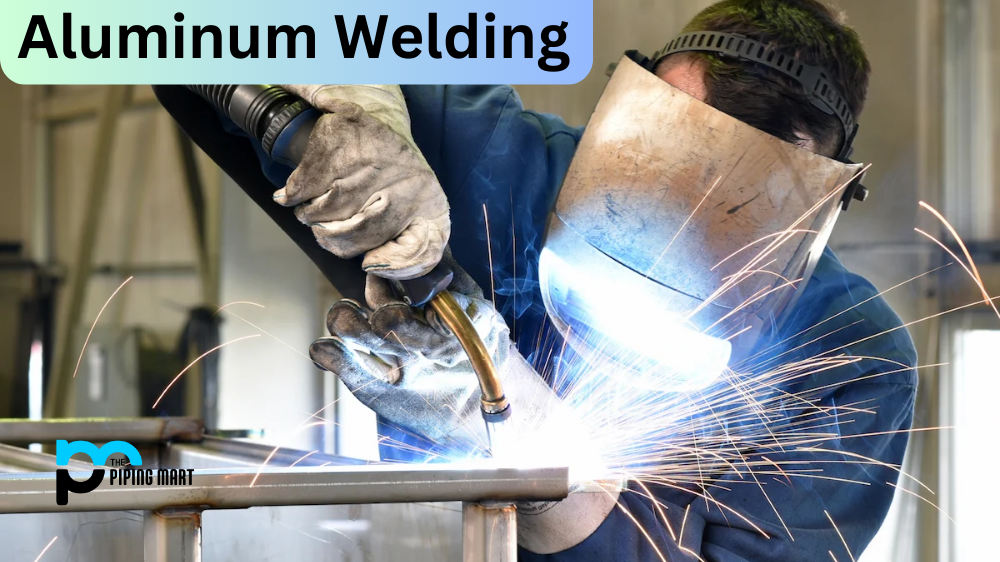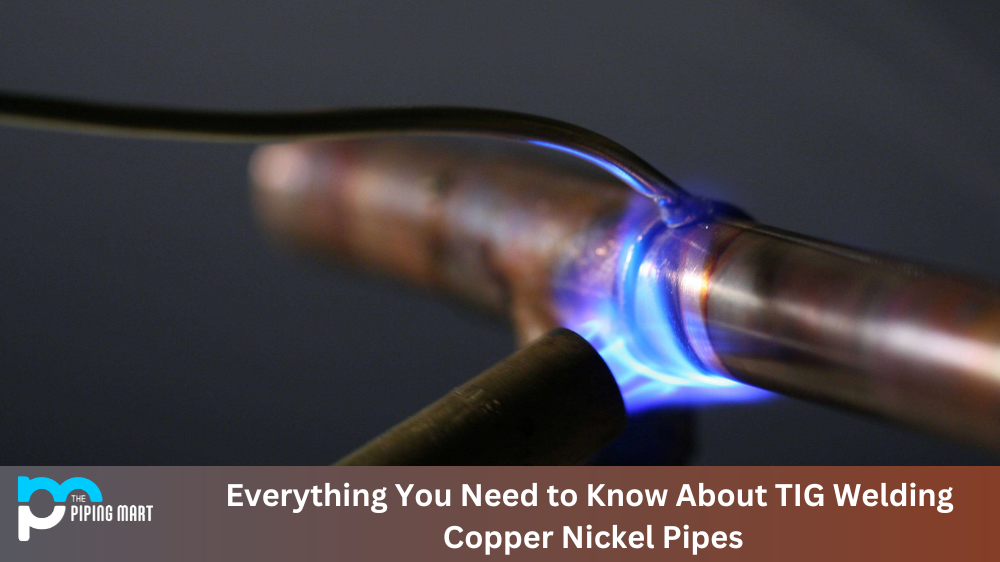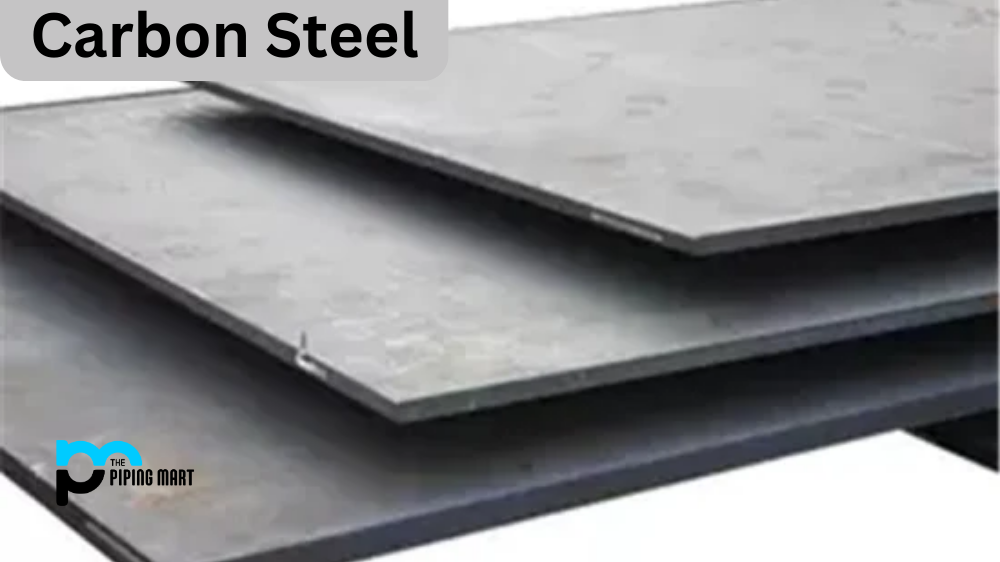Magnesium is one of the most widely used metals in industrial applications due to its lightweight, durability, and corrosion resistance. Unfortunately, even with its impressive properties, magnesium is not immune to corrosion. In this blog post, we will look at why magnesium corrodes and the different ways that you can protect your magnesium components from corrosion.
What Causes Magnesium Corrosion?
Magnesium is primarily prone to galvanic corrosion when it comes into contact with more active metals such as aluminum or zinc. This type of corrosion occurs when two dissimilar metals are connected through an electrolyte solution. The more active metal acts as an anode and corrodes more quickly than the less active metal (magnesium), which acts as a cathode. This type of corrosion can be prevented by ensuring that proper insulation between the two metals is maintained at all times.
Another type of corrosion found on magnesium components is pitting corrosion which occurs when the magnesium surface is exposed to chlorides or other acidic compounds over long periods of time. This type of corrosion leads to deep pits on the surface of the metal, which can weaken its structural integrity over time. To prevent this type of damage, it’s important to ensure that any exposed magnesium surfaces are properly sealed using a protective coating such as an epoxy or polyurethane paint system.
How Can You Protect Your Magnesium Components?
The best way to protect your magnesium components from corrosion is by applying a suitable protective coating system, such as an epoxy or polyurethane paint system. These systems are designed to provide a barrier between the metal surface and any corrosive elements present in the environment and can significantly extend the life of your magnesium components. It’s also important to regularly inspect your components for signs of damage and address any issues promptly before they become worse over time. Additionally, if you have any questions about protecting your magnesium components, it’s always best to seek advice from a qualified professional who has experience working with these types of materials.
Conclusion:
Magnesium is incredibly versatile and durable, but unfortunately, it is still susceptible to both galvanic and pitting corrosion when exposed to certain elements over long periods of time. To ensure that your magnesium components remain in good condition for years to come, it’s important that you take steps to protect them using a suitable coating system such as an epoxy or polyurethane paint system. Additionally, regular inspections should be conducted for signs of damage so that any issues can be addressed promptly before they become worse over time. With proper care and maintenance, your magnesium components will remain protected from corrosive elements for years!
Rachana is a dedicated and ambitious young woman who has made a name for herself in the metal industry. From her earliest days in the industry, Rachana showed a natural talent for problem-solving and a keen eye for detail. In her free time, She enjoys reading up on the latest advancements in the industry, as well as exploring new ways to innovate and improve upon existing processes.




